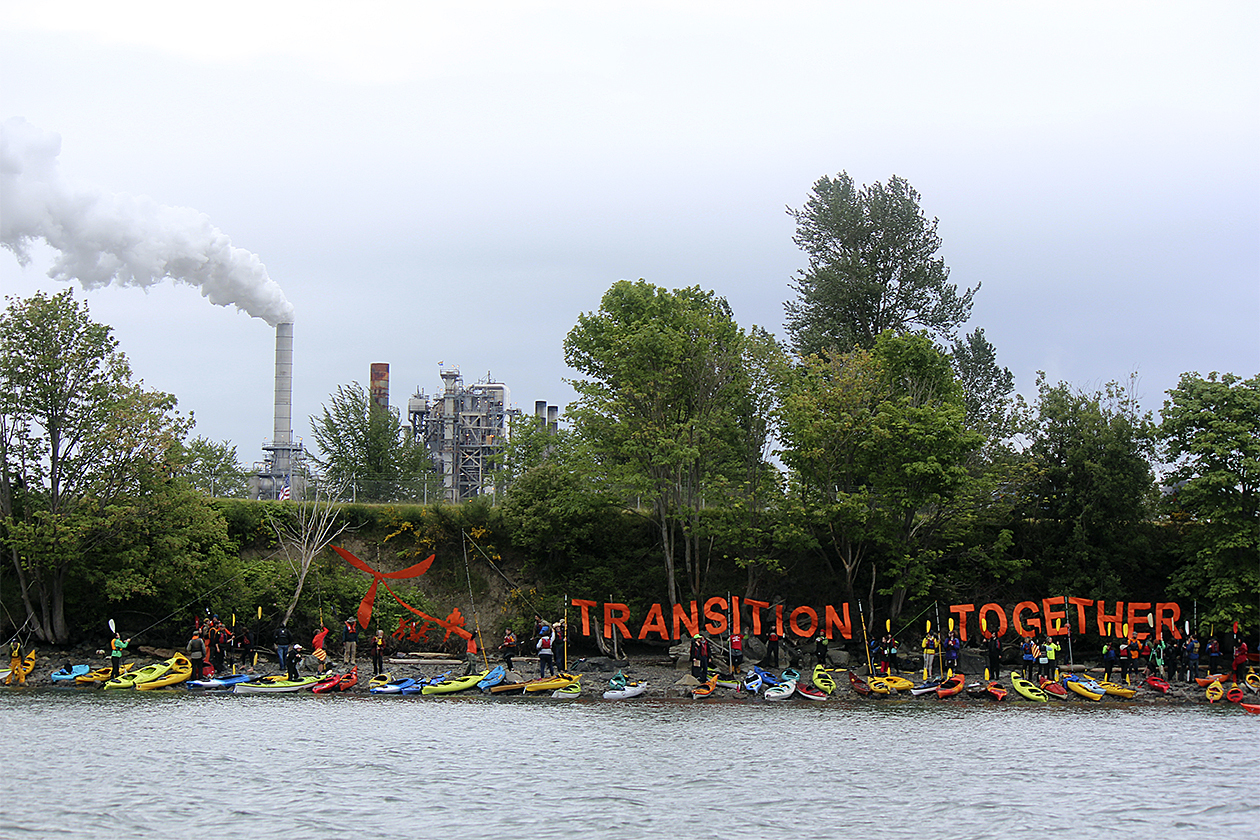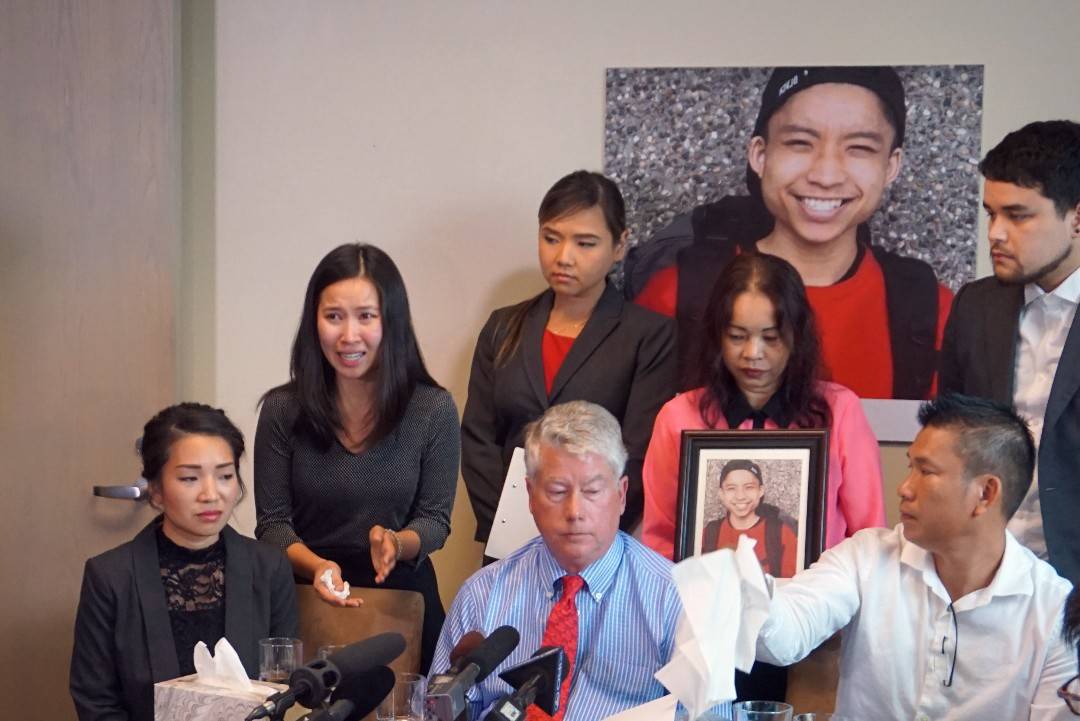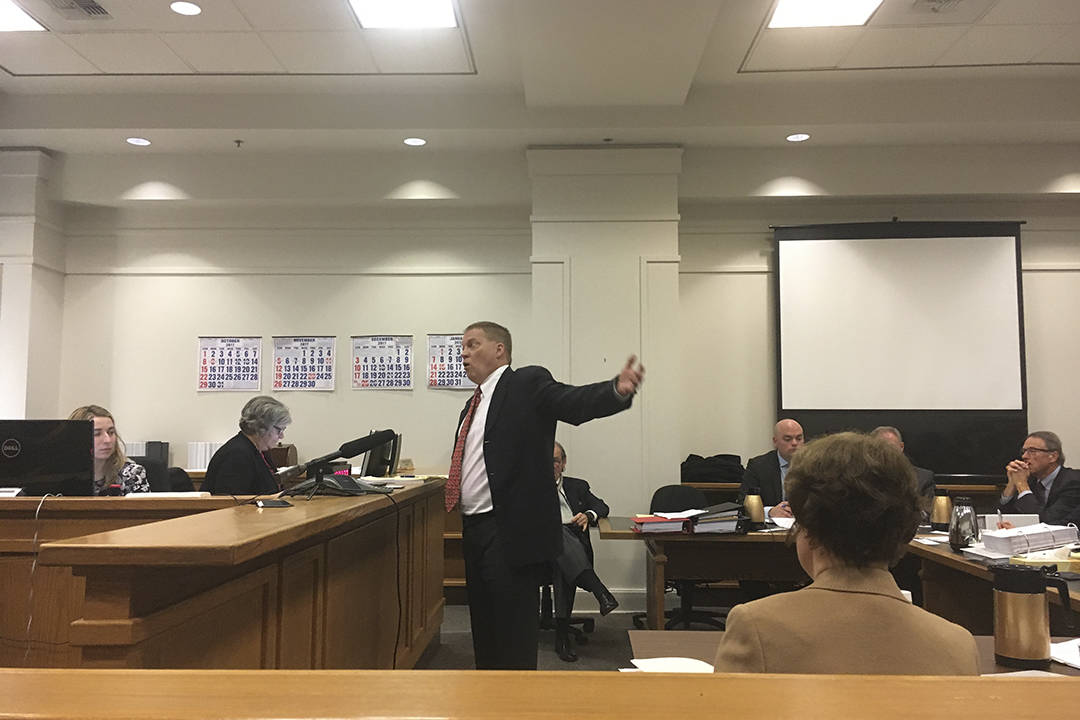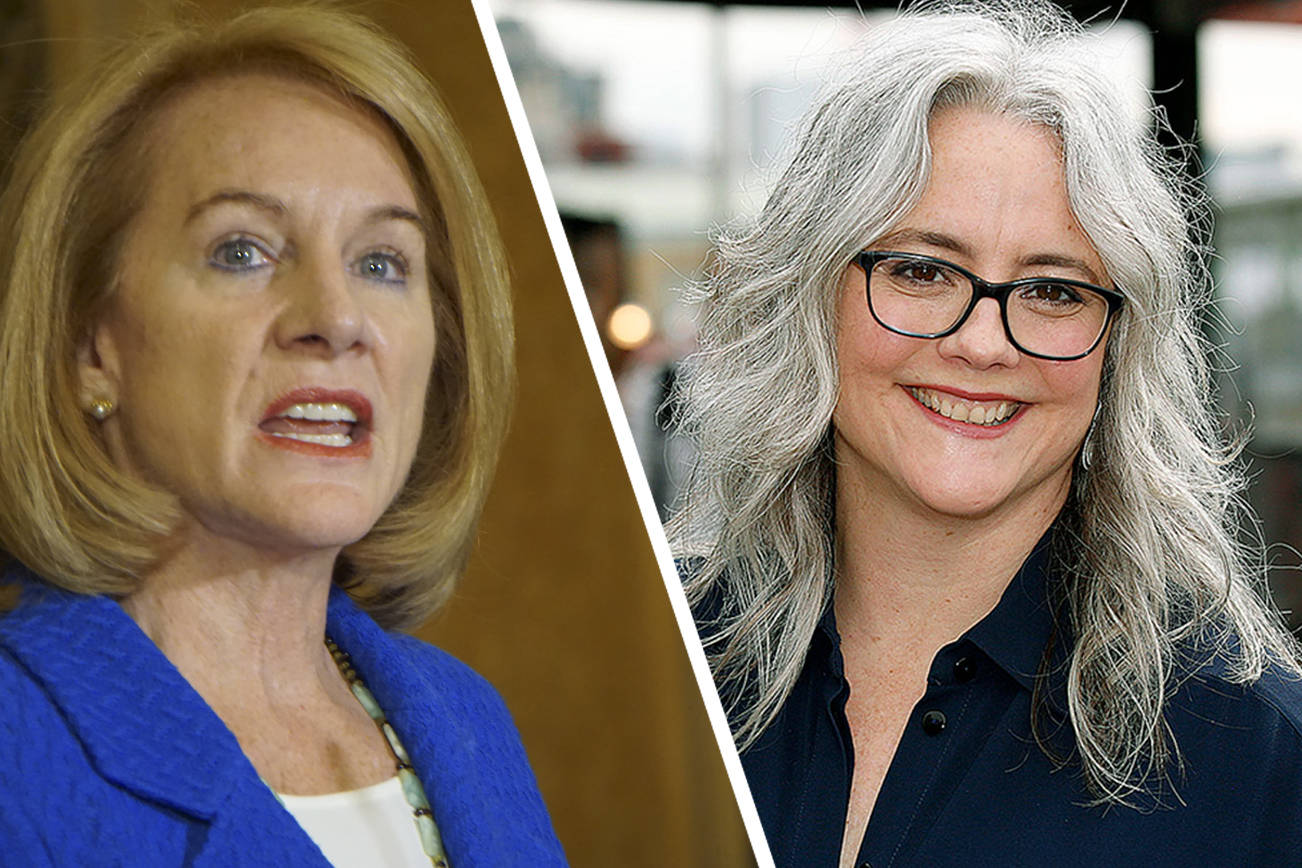Saturday is Earth Day. In addition to the typical array of green events around town to mark the celebration of our planet, thousands are expected to take to the the streets in the March for Science. The march begins at Cal Anderson Park at 10 a.m, and aims to bring attention to attacks on things like the science of climate change.
But as anyone who follows the news here knows, environmentalism isn’t a one-day thing in Seattle. Our city is constantly in the running for the most eco-conscious in the country, be it for our carbon-free electricity, high recycling rates, or penchant for taking the bus. That’s not to say we don’t have our blemishes. Our only river is a superfund site, our salmon runs are ailing, and we are actively dumping sewage into Puget Sound.
This all makes for a lot of news. For Earth Day, we looked back at our environmental coverage from the past 12 months, and picked the five most interesting things we learned about the environment and the movement to save it.
1. Climate resistance had a big year.
Resisting climate change by actively confronting fossil fuel infrastructure has long been in the playbook, but this year it went mainstream with hundreds of people converging on Anacortes to block the flow of oil to the two major refineries there. Thousands more joined to show support. As it turned out, the Washington protest was but a small preview to the massive resistance movement that formed at Standing Rock in North Dakota this fall, in which tribal leaders and climate protesters stood off against builders of the Dakota Access Pipeline for months, at times facing violent removal by law enforcement.
These events showed that lots of people are willing to get arrested, pepper-sprayed and attacked by dogs in order to confront what they see as the most grave danger facing our planet. They still have a long way to go, but it would be naive to think direct action is going to decrease in future years.
Oh, and did you hear about the jury up in Skagit County? They refused to convict some of the climate protesters from last year’s action at Anacortes. Climate change, two jurors said, made such action necessary.
2. Coal had a bad year.
For all of President Donald Trump’s photo ops with coal miners in the Oval Office, the fact remains: The coal industry seems to be going the way of the dinosaurs that died to make the coal in the first place. That fact became very evident in Washington last year. It wasn’t too long ago that Washington was looking at the prospect of six new coal terminals opening up at ports across the state that would allow American coal companies to supply Asia with dirty power. Now that’s down to just one, and it’s on shaky ground.
How did we get here – from six to one in a few brief years? The short answer: Financial disaster, followed by a hefty uppercut from climate activists. “It’s kind of a one-two punch,” says Clark Williams-Derry, director of energy finance for the Sightline Institute.
From Earthjustice lawsuits to thousands of protesters to relentless opposition from Native tribes, the Pacific Northwest has certainly tried to make it very, very difficult for companies to get through what is already a difficult process. And fishing rights have a lot to do with it: The proposal at the Port of Morrow in Oregon was rejected because of its potential impact on Native fishing waters. The proposed Gateway Pacific Terminal, in Bellingham, was also recently denied its federal permit due to an 1855 treaty that upholds fishing rights for the Lummi.
But what really happened there, reasons Williams-Derry, who’s been following the ins and outs (mostly outs) of the coal industry for many years, is that “the permitting process cut off the head of a zombie. The U.S. coal industry,” he says, “is in a shambles, a complete shambles.” Read Sara Bernard’s full report of the situation here.
3. Garbage is still a mess.
A friend of mine once complained that he misses the days when being an environmentalist meant cutting up your six-pack rings so they didn’t kill fish when you dumped your trash in the water. Indeed, with such heady issues like climate change facing us, trash can seem like it’s no longer such a pressing environmental concern.
We’re here to say: Au contraire. As we reported earlier this month, the debate over what we should do with our garbage is as hot as a five-alarm dumpster fire.
Right now, almost all of the trash from across King County, except Seattle’s, is trucked to the Cedar Hills Regional Landfill in Maple Valley. Although Cedar Hills’ eventual closure date keeps changing—current estimates now end its life around 2028—the county still has to have a next-steps plan underway long before then. What that next step should be, some argue, is to build a state-of-the-art trash incinerator that would allow King County to burn its garbage for power, thus eliminating the need to create a new landfill that would ensure our garbage remains with us for the next millennium. Needless to say, not everyone is on board with the plan to set rubbish ablaze.
4. Passing a carbon tax is really complicated.
Given the aforementioned eco-consciousness of this place, one may conclude that taxing carbon would be a no-brainer in Washington. But as we learned last fall, actually crafting a carbon policy that can please environmentalists without scaring off the general public is tricky. Carbon WA last year brought to the ballot a measure that would have taxed carbon and offset that tax with cuts elsewhere. It was meant to please everyone, but ended up leaving everyone feeling a little cold. Green groups thought it was too passive about funding new projects that would cut down on carbon emissions, while many business groups were unimpressed by the tax cuts offered.
The measure was defeated by an 18-point margin in the fall, and speaks to the gap that still remains between accepting the facts of climate change and figuring out what to do about it. That said, there’s no doubt that Carbon WA won’t be the last we hear on the matter.
5. Salmon love driftwood.
Jogging by Harbor Island one day, I noticed that someone at the Port was amassing a huge stockpile of driftwood. Curious, I made some calls, and learned what it was for: Saving salmon in the Duwamish.
In coming years the logs now stacked at Terminal 25 will be anchored up and down the Lower Duwamish Waterway with massive chains that can hold in place logs with enough buoyancy to lift a large pickup. Once in place, according to George Blomberg, senior environmental program manager for the Port of Seattle, the spindly fingers of the driftwood’s roots will act like a net, catching bugs and other organic material as it drifts downstream, creating caches of calories for hungry fish. Furthermore, as they deteriorate, the logs will also fertilize plants and trees planted above them, which will provide shade and more calories for fish as bugs drop off their leaves and into the water. Blomberg says studies suggest that natural shorelines like the ones he hopes to create produce five times as many calories for fish as the rocky shores now dominating the river. Read the whole story here.
Also:
—For all our efforts to create public transportation in this region, getting to a decent trailhead without a car remains ridiculously difficult.
—The war over public lands could get intense in coming years.
—And kids may be the climate movement’s best weapon.
Happy Earth Day!
dperson@seattleweekly.com








